Tag: hay bale
 Wikipedia says: Hay is grass, legumes, or other herbaceous plants that have been cut and dried to be stored for use as animal fodder, particularly for large grazing animals raised as livestock, such as cattle, horses, goats, and sheep.
Wikipedia says: Hay is grass, legumes, or other herbaceous plants that have been cut and dried to be stored for use as animal fodder, particularly for large grazing animals raised as livestock, such as cattle, horses, goats, and sheep.
Hay can be used as animal fodder when or where there is not enough pasture or rangeland on which to graze an animal, when grazing is not feasible due to weather (such as during the winter), or when lush pasture by itself would be too rich for the health of the animal. It is also fed when an animal is unable to access pasture, e.g. the animal is being kept in a stable or barn.
Hay production and harvest, commonly known as “making hay”, “haymaking”, or “doing hay”, involves a multiple step process: cutting, drying or “curing”, raking, processing, and storing. Hayfields do not have to be reseeded each year in the way that grain crops are, but regular fertilizing is usually desirable, and overseeding a field every few years helps increase yield.
Methods and the terminology to describe the steps of making hay have varied greatly throughout history, and many regional variations still exist today. However, whether done by hand or by modern mechanized equipment, tall grass and legumes at the proper stage of maturity must be cut, then allowed to dry (preferably by the sun), then raked into long, narrow piles known as windrows. Next, the cured hay is gathered up in some form (usually by some type of baling process) and placed for storage into a haystack or into a barn or shed to protect it from moisture and rot.
Hay or grass is the foundation of the diet for all grazing animals and can provide as much as 100% of the fodder required for an animal. Hay is usually fed to an animal in place of allowing the animal to graze on grasses in a pasture, particularly in the winter or during times when drought or other conditions make pasture unavailable. Animals that can eat hay vary in the types of grasses suitable for consumption, the ways they consume hay, and how they digest it. Therefore, different types of animals require hay that consists of similar plants to what they would eat while grazing, and likewise, plants that are toxic to an animal in pasture are also toxic if they are dried into hay.
Most animals are fed hay in two daily feedings, morning and evening. However, this schedule is more for the convenience of humans, as most grazing animals on pasture naturally consume fodder in multiple feedings throughout the day. Some animals, especially those being raised for meat, may be given enough hay that they simply are able to eat all day. Other animals, especially those that are ridden or driven as working animals, are only free to eat when not working, and may be given a more limited amount of hay to prevent them from getting too fat. The proper amount of hay and the type of hay required varies somewhat between different species. Some animals are also fed concentrated feeds such as grain or vitamin supplements in addition to hay. In most cases, hay or pasture forage must make up 50% or more of the diet by weight.
One of the most significant differences in hay digestion is between ruminant animals, such as cattle and sheep; and nonruminant, hindgut fermentors, such as horses. Both types of animals can digest cellulose in grass and hay, but do so by different mechanisms. Because of the four-chambered stomach of cattle, they are often able to break down older forage and have more tolerance of mold and changes in diet. The single-chambered stomach and cecum or “hindgut” of the horse uses bacterial processes to break down cellulose that are more sensitive to changes in feeds and the presence of mold or other toxins, requiring horses to be fed hay of a more consistent type and quality.
Different animals also use hay in different ways: cattle evolved to eat forages in relatively large quantities at a single feeding, and then, due to the process of rumination, take a considerable amount of time for their stomachs to digest food, often accomplished while the animal is lying down, at rest. Thus quantity of hay is important for cattle, who can effectively digest hay of low quality if fed in sufficient amounts. Sheep will eat between two and four percent of their body weight per day in dry feed, such as hay, and are very efficient at obtaining the most nutrition possible from three to five pounds per day of hay or other forage. They require three to four hours per day to eat enough hay to meet their nutritional requirements.
Unlike ruminants, horses digest food in small portions throughout the day, and can only use approximately 2.5% of their body weight in feed in any 24-hour period. They evolved to be continuously on the move while grazing, (covering up to 50 miles (80 km) per day in the wild) and their stomach digests food quite rapidly. Thus, they extract more nutrition out of smaller quantities of feed. However, when horses are fed low-quality hay, they may develop an unhealthy, obese, “hay belly” due to over-consumption of “empty” calories. If their type of feed is changed dramatically, or if they are fed moldy hay or hay containing toxic plants, they can become ill; colic is the leading cause of death in horses. Contaminated hay can also lead to respiratory problems in horses. Hay can be soaked in water, sprinkled with water or subjected to steaming to reduce dust.
Showing 1–16 of 39 resultsSorted by latest
-

Image ID: AZPD
$5.99 -
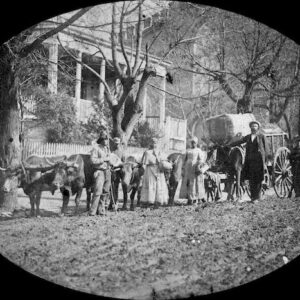
Image ID: AZMN
$2.99 -

Image ID: ANMK
$6.99 -

Image ID: ARRJ
$5.99 -

Image ID: ANHC
$6.99 -

Image ID: ARKW
$5.99 -

Image ID: AJWS
$6.99 -
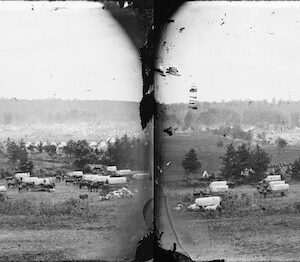
Image ID: ARJI
$5.99 -
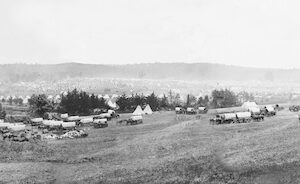
Image ID: AYHR
$5.99 -

Image ID: ANNU
$5.99 -
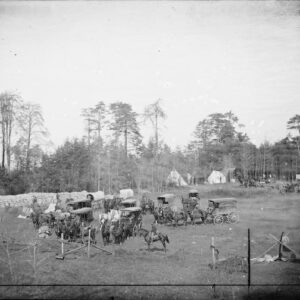
Image ID: AJMJ
$5.99 -

Image ID: AGMD
$4.99 – $6.99 This product has multiple variants. The options may be chosen on the product page -
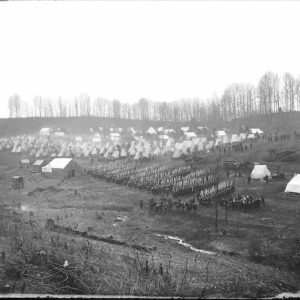
Image ID: AGMJ
$4.99 -

Image ID: AEPS
$4.99 -

Image ID: AMSI
$6.99 -

Image ID: AMRR
$5.99